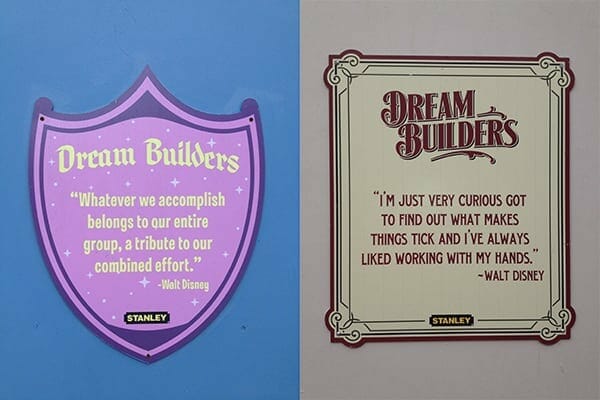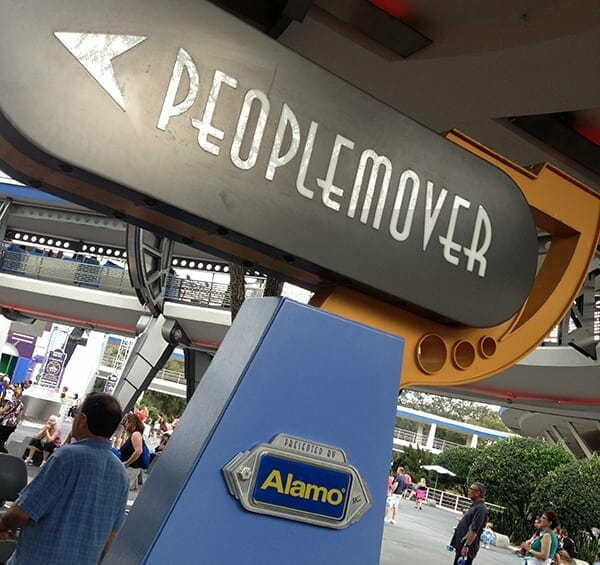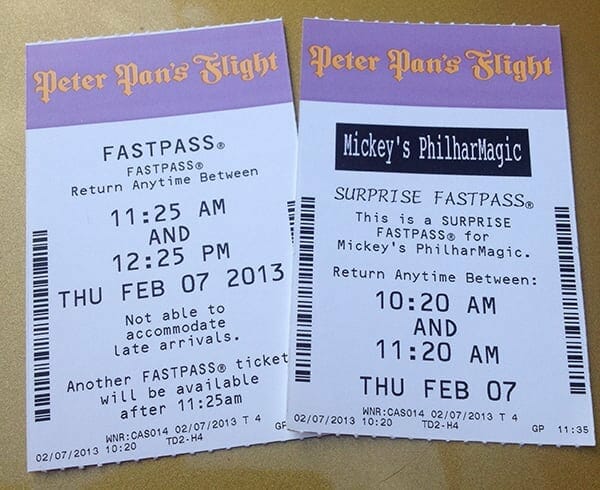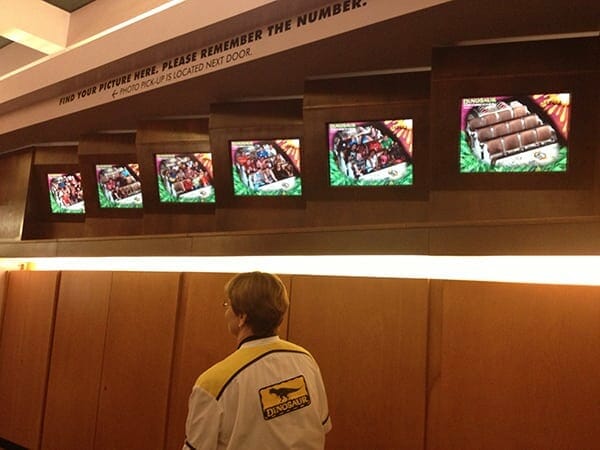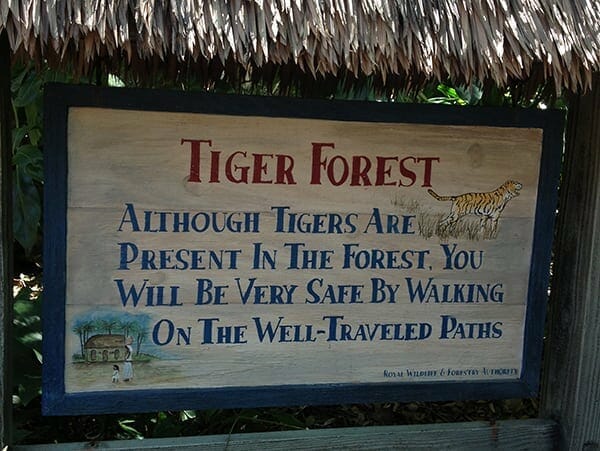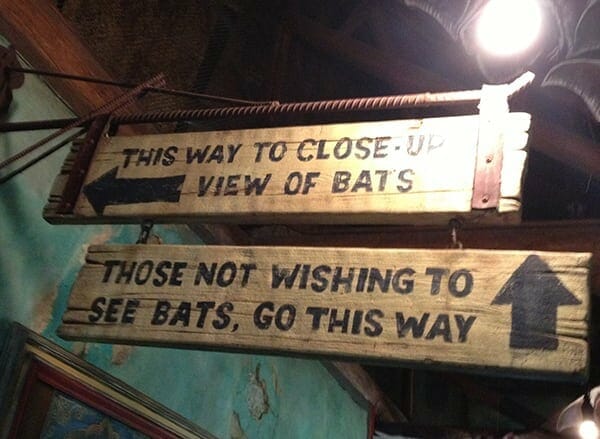http://www.recyclematch.com/
RecycleMatch offers the first enterprise software platform to help large organizations
make more from your recycling,
accelerate zero waste efforts and
automate reporting and sustainability metrics.
RecycleMatch
has a vision for the future of zero waste. A future where it’s not just about
achieving zero landfill, but about ensuring the best and highest use for all
materials your organization generates. Which translates into maximum economic
returns as well as improved environmental efficiencies.
To achieve that vision, your
organization needs better access to markets, not another broker. You need
actionable, auditable data instead of an excel spreadsheet. What if you had
real time information about the true market price for recyclable commodities,
and improved access to the buyers or sellers that best fit your needs? What if
you had up to date information about emerging solutions and technologies? Your
organization could not only accelerate zero waste goals, but you could turn a
cost center into a profit center.
Access to data makes it
easier to know where you stand. Companies can measure their progress not only
against their internally established goals, but they can start to see how they
stack up. Benchmark against others in the same industry or geography using data
that is based on common methodologies, even if each organization or each
facility approaches things their own way.
RecycleMatch has proved that
the concept of an online marketplace can work to 1) increase returns by 10-20%
and achieve fair market value for commodity materials and 2) accelerate
discovery of new solutions, buyers and technologies to achieve zero waste
faster.
But we’ve also learned that
the companies with the most materials wanted more. More control. More access.
More bang for their buck. Their steady-stream of high-quality materials are the
‘carrots’ that make the market attractive to buyers. So we were happy to take
their feedback and build the first Enterprise Software platform to help
organizations maximize revenue generation, accelerate money-saving zero waste
efforts, and automate reporting to be more accurate and actionable.
Our first publicly announced
enterprise pilot customers, Shaw Industries and Progressive Waste, are true
visionaries and have been helpful to building the future of zero waste. We hope
you will join companies like Shaw Industries and Progressive Waste Solutions in
striving not only for zero waste, but for the best and highest use of all of
your byproducts.


